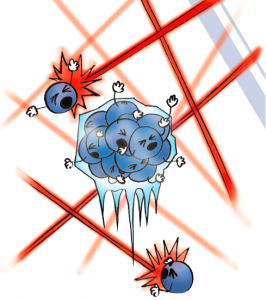
Chilling Precision: Cooling and trapping molecules with lasers
Researchers at Yale have developed a technique to cool down and levitate molecules in space, enabling new experiments that could revolutionize our understanding of fundamental physics.

Researchers at Yale have developed a technique to cool down and levitate molecules in space, enabling new experiments that could revolutionize our understanding of fundamental physics.
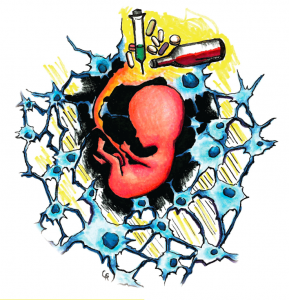
Yale researchers have discovered a method of identifying prenatally damaged neurons that become susceptible to mental disorders after birth.

Broken DNA can put us on the path towards fixing cancer. Research by Peter Glazer and Ranjit Bindra of the Yale Cancer Center suggests that carcinogenic mutations most current therapies aim to repair can instead serve as selecting agents for better drug targeting with DNA repair inhibitors.

Normal physiological function requires the periodic expression of genes corresponding roughly to a 24 hour cycle. Researchers from the University of California have investigated the molecular nature of the circadian clock responsible for coordinating activity levels of genes to the day-night cycle.
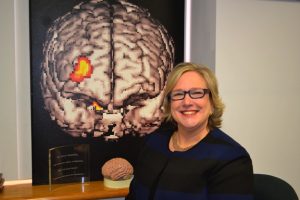
Yale study finds new way to identify individuals at risk of attempting suicide using brain-imaging techniques.

A recent measurement of the activation energy of spontaneous membrane fusion has important implications for understanding how membrane fusion is optimized in cells.
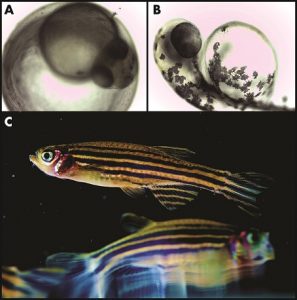
Yale researchers have developed a technique to decode a heretofore-undeciphered language – that which governs the survival and destruction of our transcriptomes.

Plant functional traits are viewed as key to predicting important ecosystem and community properties among biogeographic regions. However, a recent study led by Elisabeth Forrestel GRD ’15 challenges the trait-based approach to predicting ecosystem function by demonstrating that different combinations of functional traits can act to maximize net primary productivity, a community property, in a given environmental setting.
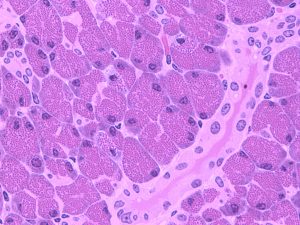
New research into the mechanism by which insulin is secreted from the cell, may provide insight into Type II diabetes and how his pathway is hindered affected individuals.
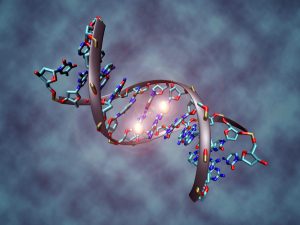
DNA methylation plays an important role in gene expression and cancer, and a new paper in Nature Methods presents a novel method for determining methylation sites using Nanopore sequencing.

How can you build a better chip? One place to start is the human brain; with its trillions of synaptic connections, the brain is a perfect model for a complicated circuit. A Yale researcher has designed a chip called TrueNorth that takes inspiration from the human brain.

Studying the center of certain types of wounds shows how skin with fat, hair, and sweat glands actually are the key to healing wounds. This could offer new insight into the way we treat serious wounds!